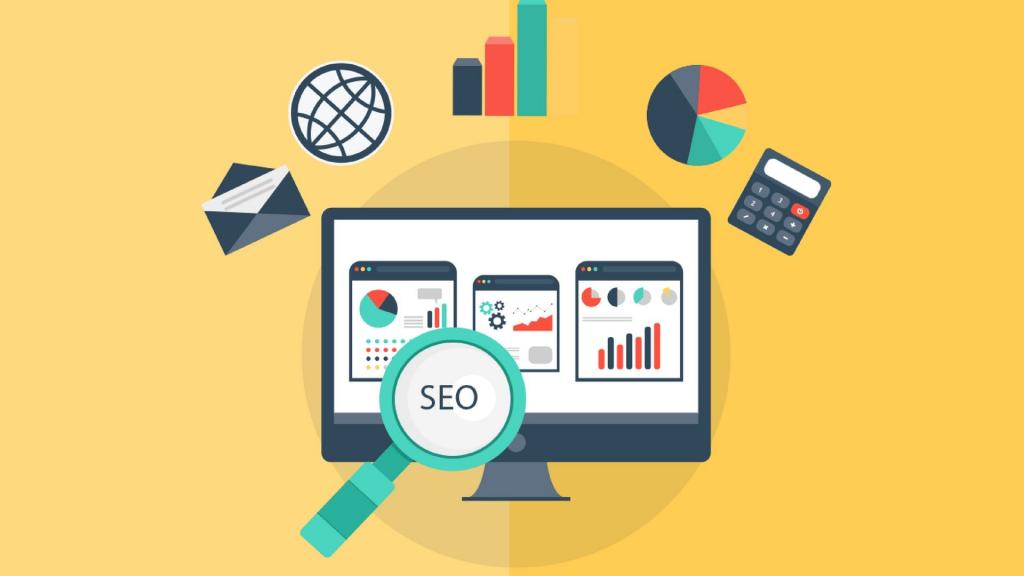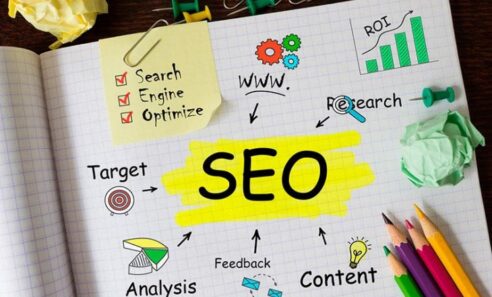On-page SEO is a set of techniques and practices for optimizing web content to make it more attractive and relevant to search engines. In this guide, we will explore the main aspects of on-page SEO and provide you with practical tips to improve your position in search results. With a proper approach to on-page SEO, you will attract more organic visitors to your website, which will contribute to increasing traffic and conversions.
Keywords and keyword research
Keyword research is an essential step in on-page SEO. Identify keywords that are relevant to your business or content. Use tools like Google Keyword Planner or other keyword research tools to discover popular and relevant search terms for your audience. Integrate keywords into your content naturally and avoid over-optimization.
Optimizing titles and meta descriptions
Titles and meta descriptions are the first things users see in search results. Make sure titles are clear, concise, and include relevant keywords. Meta descriptions should be catchy and describe the page content in a compelling way to increase the chances of attracting clicks.
Creating quality content
Quality content is essential for on-page SEO. Make sure you provide useful, informative, and valuable content for your audience. Include keywords naturally, but don't sacrifice the quality of your content to force them in. Format your content with well-structured paragraphs, using headings, lists, and images to make it easy to read.
Friendly URLs and site structure
Make sure your page URLs are descriptive and contain relevant keywords. Avoid long or ambiguous URLs. Additionally, optimize your site structure to make navigation easy for both users and search engines. Use a hierarchical structure for pages and categories, and make sure internal links are relevant and well-placed.
Image and media content optimization
Make sure your images are web-optimized and sized appropriately to avoid slowing down page load times. Use relevant alt keywords tags to make your media content accessible to search engines as well.
Page loading speed
Page load time is an important factor for on-page SEO. Use tools like Google PageSpeed Insights to assess your site’s loading speed and identify potential issues. Reducing image size, optimizing your code, and optimizing your hosting can all help improve loading speed.
Resistance to mobile devices
Make sure your website is responsive and works well on mobile devices. Nowadays, most users use mobile phones to browse the internet, so make sure their experience is pleasant and functional.
Improving click-through rate (CTR)
Optimizing titles, meta descriptions, and adding attractive elements, such as Featured Snippets or Rich Snippets, can improve CTR and bring more traffic to your site.
On-page SEO is the ongoing process of optimizing your web content to make it more accessible and appealing to search engines and users. Implementing these tips and techniques will help you improve your search engine rankings and attract more organic visitors to your site. Remember to follow ethical SEO practices and always provide quality content to build a sustainable and successful online presence.




